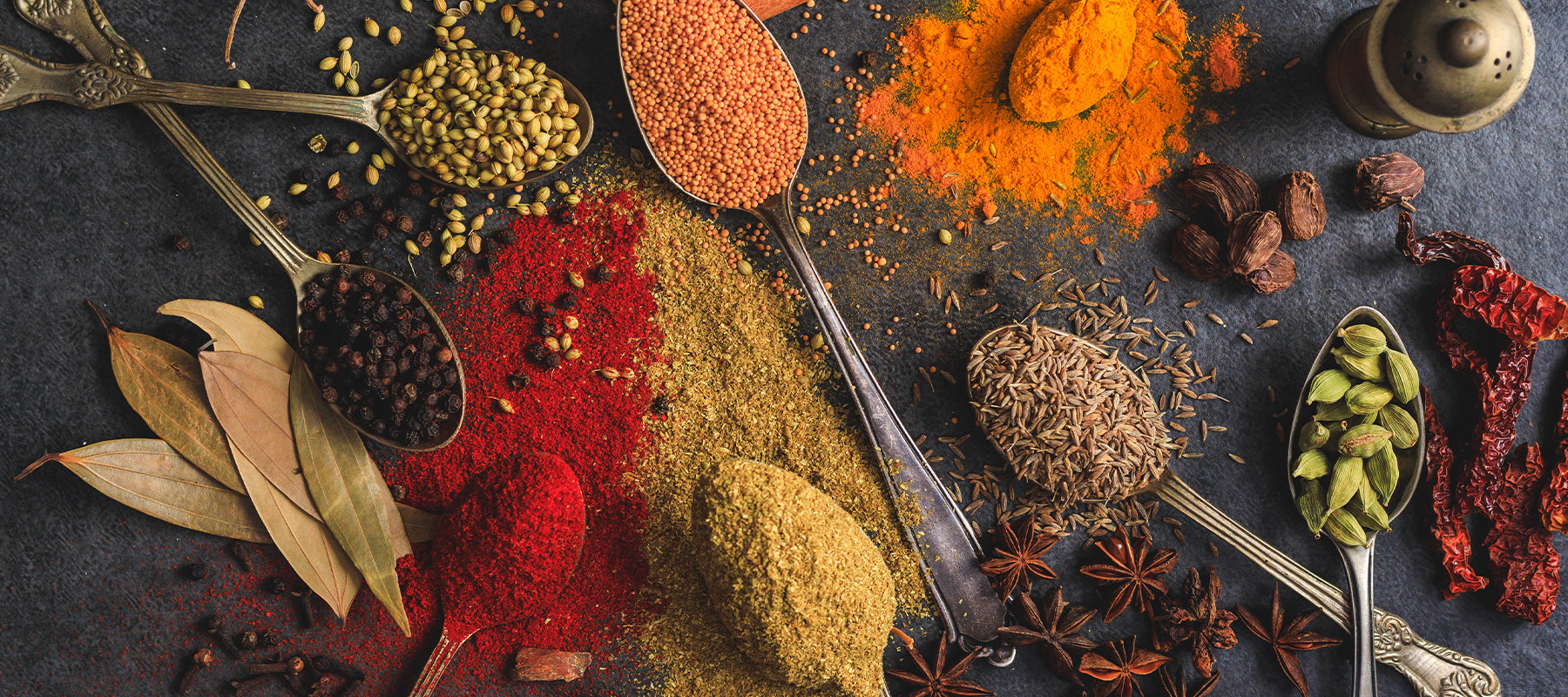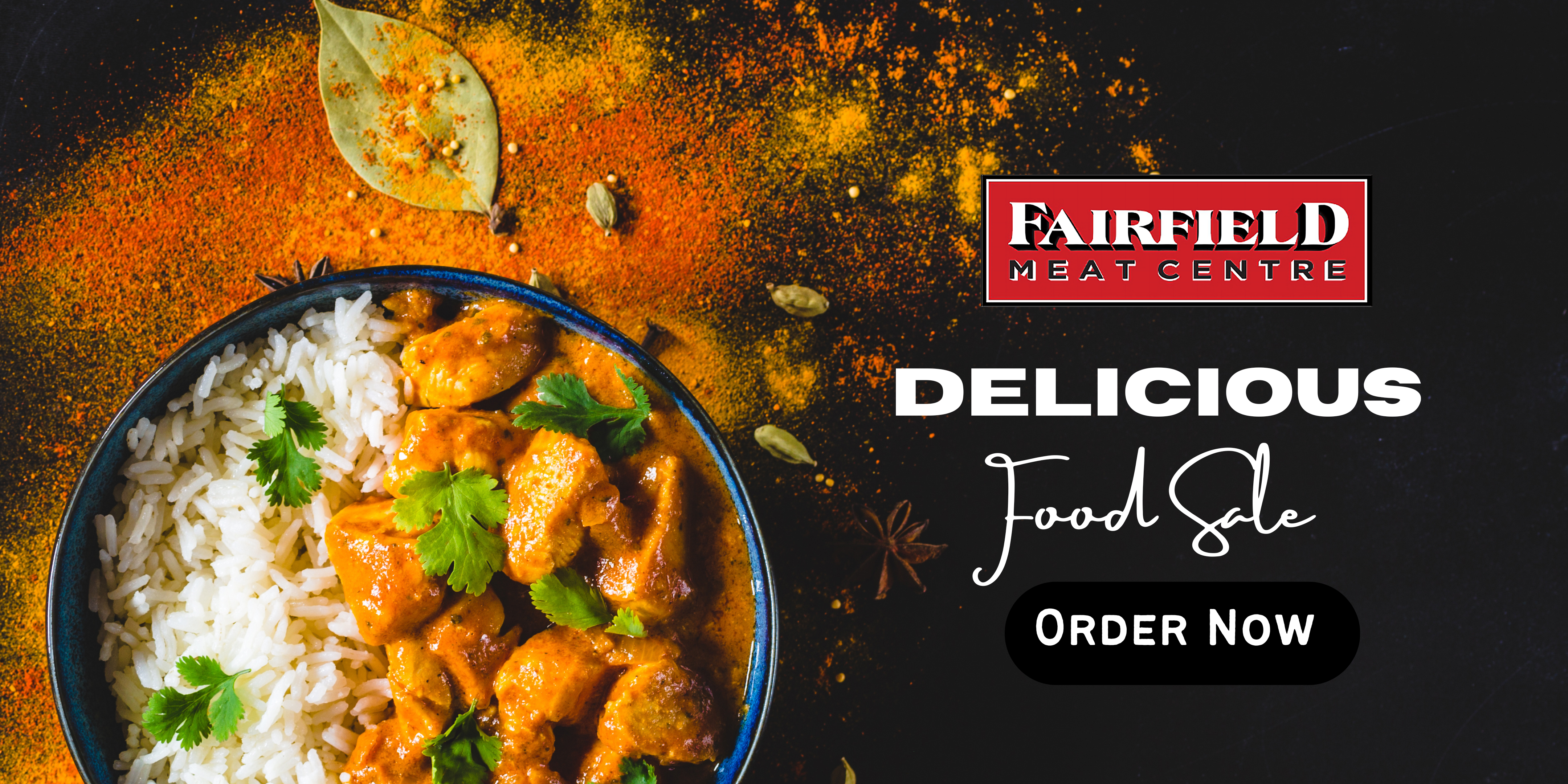
A Beginner's Guide to Using Spices: Tips and Tricks for Cooking with Flavor
Denicia SimonsSpices are a crucial ingredient in any kitchen, adding depth and complexity to dishes and taking them from ordinary to extraordinary. Whether you're a novice cook or a seasoned pro, learning how to use spices properly can be a game-changer in the kitchen. In this guide, we'll explore some of the most popular spices and provide tips and tricks for using them to enhance the flavours of your favourite dishes. From cumin to cinnamon, garlic to ginger, we'll help you unlock the full potential of your spice rack and take your cooking to the next level. So let's get started and discover the amazing world of spices together!
-
Cumin: Cumin is a popular spice used in many different cuisines, including Mexican, Indian, and Middle Eastern. It has a warm, earthy flavour and is often used in dishes like chilli, curry, and tacos. To use cumin, toast the whole seeds in a dry skillet until fragrant, then grind them in a spice grinder or mortar and pestle. You can also buy pre-ground cumin powder. Use cumin in moderation, as it can easily overpower other flavours.
-
Paprika: Paprika is a spice made from ground dried peppers. It's often used in Hungarian cuisine and adds a sweet, smoky flavour to dishes. Use paprika in dishes like goulash, stews, and roasted meats. You can also sprinkle it over deviled eggs or potato salad for a colourful garnish.
-
Cinnamon: Cinnamon is a sweet spice often used in desserts and baked goods. It pairs well with apples, pears, and other fruits, as well as chocolate and coffee. Use cinnamon in oatmeal, muffins, and cakes. You can also sprinkle it over roasted sweet potatoes for a sweet and savory side dish.
-
Turmeric: Turmeric is a spice often used in Indian and Middle Eastern cuisine. It has a bright yellow color and a slightly bitter flavor. Use turmeric in dishes like curry, rice pilaf, and lentil soup. It's also a popular ingredient in "golden milk," a drink made with milk, turmeric, and other spices.
-
Garlic: Garlic is a staple in many different cuisines and has a pungent, savory flavor. Use minced garlic in dishes like pasta sauce, stir-fries, and marinades. You can also roast whole cloves of garlic and spread them on bread or use them in mashed potatoes.
-
Ginger: Ginger has a spicy, slightly sweet flavour and is often used in Asian and Indian cuisine. Use grated or minced ginger in stir-fries, soups, and curries. You can also add ginger to smoothies or tea for a spicy kick.
-
Black pepper: Black pepper is a versatile spice that can be used in a variety of dishes. It has a pungent, slightly spicy flavour and pairs well with meats, vegetables, and sauces. Use black pepper to season grilled chicken or steak, roasted vegetables, or scrambled eggs.
-
Rosemary: Rosemary is a woody herb often used in Mediterranean cuisine. It has a strong, savoury flavour and pairs well with meats like lamb and chicken. Use fresh rosemary to flavour roasted potatoes or sprinkle dried rosemary over grilled vegetables.
-
Thyme: Thyme is a delicate herb often used in French and Italian cuisine. It has a slightly sweet, lemony flavour and pairs well with chicken, fish, and vegetables. Use fresh thyme to flavour roasted chicken or sprinkle dried thyme over sautéed mushrooms.
-
Oregano: Oregano is a pungent herb often used in Italian and Greek cuisine. It has a slightly bitter, earthy flavour and pairs well with tomatoes, garlic, and olive oil. Use fresh oregano to flavour homemade pizza sauce or sprinkle dried oregano over roasted vegetables.
In conclusion, using spices in your cooking is an excellent way to add depth, flavor, and character to your dishes. While it may seem daunting at first, learning how to use spices properly can be an incredibly rewarding experience. By following the tips and tricks we've provided in this guide, you'll be well on your way to becoming a spice master in no time. So don't be afraid to experiment, and don't be afraid to make mistakes – cooking is all about trying new things and finding what works best for you. With a little practice and a lot of patience, you'll soon be creating delicious, flavorful dishes that will impress your friends and family. Happy cooking!
